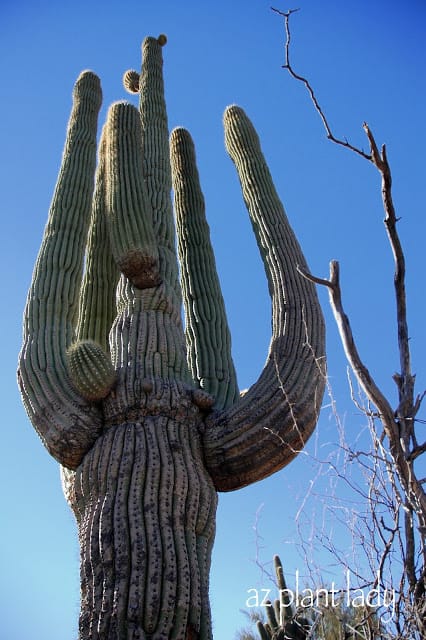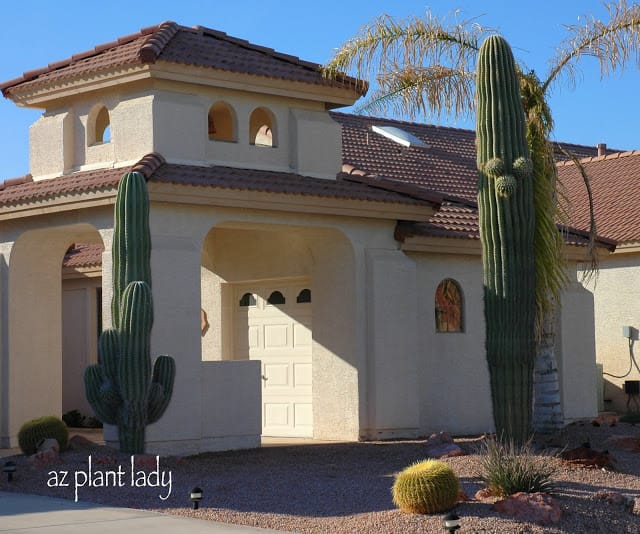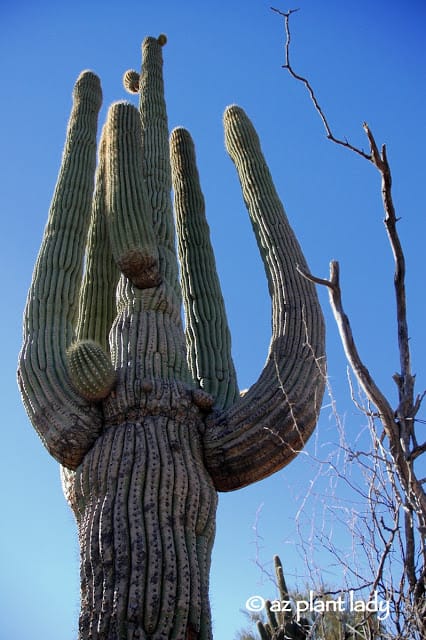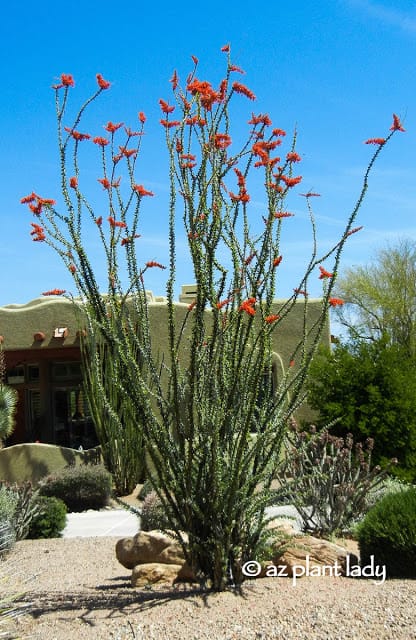Engaging With Cardon Cacti: Can You Spot the Odd One Out Among These Unique Cacti?
Do you recall that catchy tune from Sesame Street, where they showcased three similar things and one that stood out? Your task was to spot the odd one among them.
I have fond memories of enjoying Sesame Street with my younger sister, and that song always brought a smile to my face. Inspired by it, I’ve decided to borrow the theme and apply it to the four images below. Can you identify which one doesn’t quite fit in?
In essence, you’re about to embark on a delightful “pop quiz.” Are you prepared? Let’s dive right in.
Alright, take a close look at these images and tell me, which one seems out of place among these stunning Cardon cacti?

#1

#2

#3

#4
So, in the images above, can you tell which one doesn’t belong?
Do you want a hint to our pop quiz?
They are all cacti, but one is found in Baja Mexico, while the others are found in the Sonoran Desert.
Give up?
#3 doesn’t belong.
Why not?
Cardon Cactus are Different than Saguaro Cactus
Well, while it looks an awful lot like a Saguaro cactus (Saguaro carnegiea), it is actually a Cardon cactus (Pachycereus pringlei).
I admit, that it can be awfully hard to tell the difference to the casual observer unless you look carefully.

Cardon on the left and a Saguaro on the right.
The Magnificent Cardon Cacti: Giants of Baja, Mexico
Cardon cacti, renowned as the world’s largest cacti, can astonishingly reach towering heights of up to 70 feet and weigh a staggering 25 tons. These remarkable giants are an exclusive inhabitant of Baja, Mexico, where they thrive for up to an astounding 300 years.
Exploring the Unique Features of Cardon Cacti
What sets Cardon cacti apart are their distinctive characteristics. Unlike the Saguaro cactus, their arms extend from a lower position, adorned with fewer spines. But if you examine them closely, you’ll notice that their folds are deeper and wider compared to the Saguaro. Moreover, the Cardon cactus boasts a subtly grayer shade of green, distinguishing it from its Saguaro cousin.
For enthusiasts who wish to cultivate these majestic cacti, Cardon cacti are readily available at cactus nurseries. So, the next time you encounter a Saguaro cactus in a landscaped setting, take a closer look—it might turn out to be a Cardon cactus, surprising you with its unique charm.
Have you ever had the pleasure of encountering a Cardon cactus in person? Share your experiences with us!
October Craziness….Cactus, Spiders, Stormy Weather and a Mixed-up Bird










